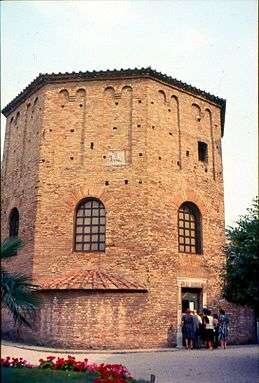460
| Millennium: | 1st millennium |
|---|---|
| Centuries: | 4th century · 5th century · 6th century |
| Decades: | 430s · 440s · 450s · 460s · 470s · 480s · 490s |
| Years: | 457 · 458 · 459 · 460 · 461 · 462 · 463 |
| 460 by topic | |
| Politics | |
| State leaders – Sovereign states | |
| Birth and death categories | |
| Births – Deaths | |
| Establishment and disestablishment categories | |
| Establishments – Disestablishments | |
| Gregorian calendar | 460 CDLX |
| Ab urbe condita | 1213 |
| Assyrian calendar | 5210 |
| Bengali calendar | −133 |
| Berber calendar | 1410 |
| Buddhist calendar | 1004 |
| Burmese calendar | −178 |
| Byzantine calendar | 5968–5969 |
| Chinese calendar | 己亥年 (Earth Pig) 3156 or 3096 — to — 庚子年 (Metal Rat) 3157 or 3097 |
| Coptic calendar | 176–177 |
| Discordian calendar | 1626 |
| Ethiopian calendar | 452–453 |
| Hebrew calendar | 4220–4221 |
| Hindu calendars | |
| - Vikram Samvat | 516–517 |
| - Shaka Samvat | 381–382 |
| - Kali Yuga | 3560–3561 |
| Holocene calendar | 10460 |
| Iranian calendar | 162 BP – 161 BP |
| Islamic calendar | 167 BH – 166 BH |
| Javanese calendar | 345–346 |
| Julian calendar | 460 CDLX |
| Korean calendar | 2793 |
| Minguo calendar | 1452 before ROC 民前1452年 |
| Nanakshahi calendar | −1008 |
| Seleucid era | 771/772 AG |
| Thai solar calendar | 1002–1003 |
| Wikimedia Commons has media related to 460. |

The Baptistry of Neon (Ravenna)
Year 460 (CDLX) was a leap year starting on Friday (link will display the full calendar) of the Julian calendar. At the time, it was known as the Year of the Consulship of Magnus and Apollonius (or, less frequently, year 1213 Ab urbe condita). The denomination 460 for this year has been used since the early medieval period, when the Anno Domini calendar era became the prevalent method in Europe for naming years.
Events
By place
Roman Empire
- Emperor Majorian gathers an expeditionary force (Alans and other barbarians) in Liguria, and enters Aquitaine after a long march, where he visits King Theodoric II at Toulouse.
- Majorian invades Hispania; his generals Nepotianus and Sunieric lead a Visigoth army into Gallaecia. The Suebi are defeated and Lusitania (modern Portugal) is conquered.
- King Genseric, fearing a Roman invasion, tries to negotiate a peace with Majorian, who refuses. The Vandals devastate Mauretania and Moorish warriors poison the wells.
- The Roman fleet, docked at Portus Illicitanus (near Elche) for the African campaign, is destroyed by the Vandals. Majorian is forced to sign a peace treaty and returns to Italy.
- Emperor Leo I founds the Excubitors (Imperial Guard) at Constantinople; this elite tagmatic unit (300 men) is recruited from among the warlike Isaurians (approximate date).
Europe
Asia
- The Hepthalites (White Huns) conquer the remnants of the Kushan Empire and enter India.
- A famine that will last for several years begins in the Persian Empire (approximate date).
By topic
Art
- The remodeling of the dome of Baptistry of Neon at Ravenna (Italy) is finished.
- The Ajanta Caves (India) are completed (cut into the volcanic rock and elaborately painted).
- The seated Buddha in the Yungang Grottoes, Datong (Shanxi), is made (approximate date).
Religion
- The Coptic Orthodox Church (Egypt) splits from the Chalcedonian Church of Alexandria.
- Gennadius I, patriarch of Constantinople, banishes Timothy II, patriarch of Alexandria.
Births
- Budic II, king of Brittany (approximate date)
- Hilderic, king of the Vandals and Alans (approximate date)
- Romulus Augustulus, last emperor of the Western Roman Empire (approximate date)
Deaths
- October 20 – Aelia Eudocia, Roman Empress and wife of Theodosius II
- Ardaric, king of the Gepids (approximate date)
- Juqu Anzhou, prince of the Chinese Xiongnu states Northern Liang
References
This article is issued from Wikipedia - version of the 9/19/2016. The text is available under the Creative Commons Attribution/Share Alike but additional terms may apply for the media files.